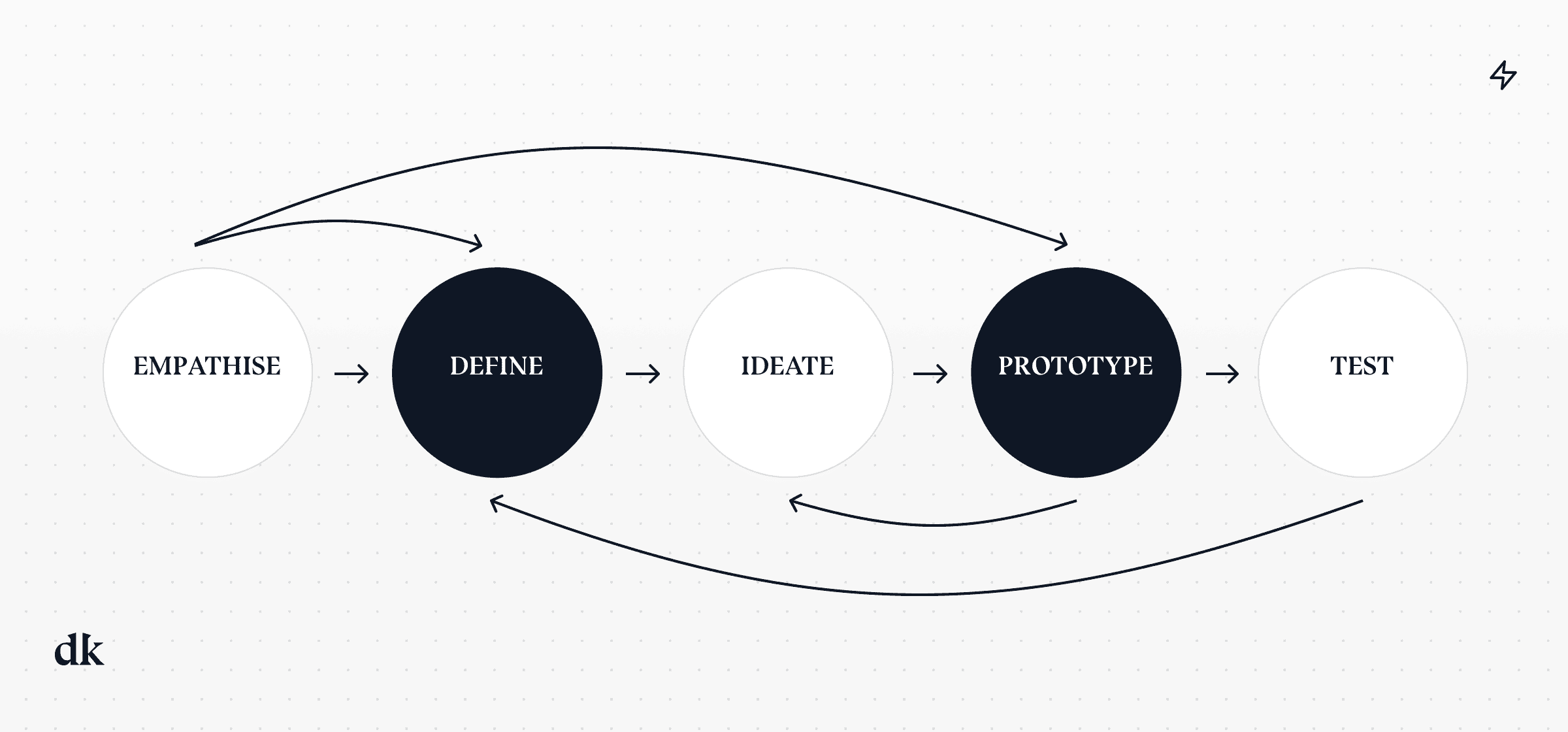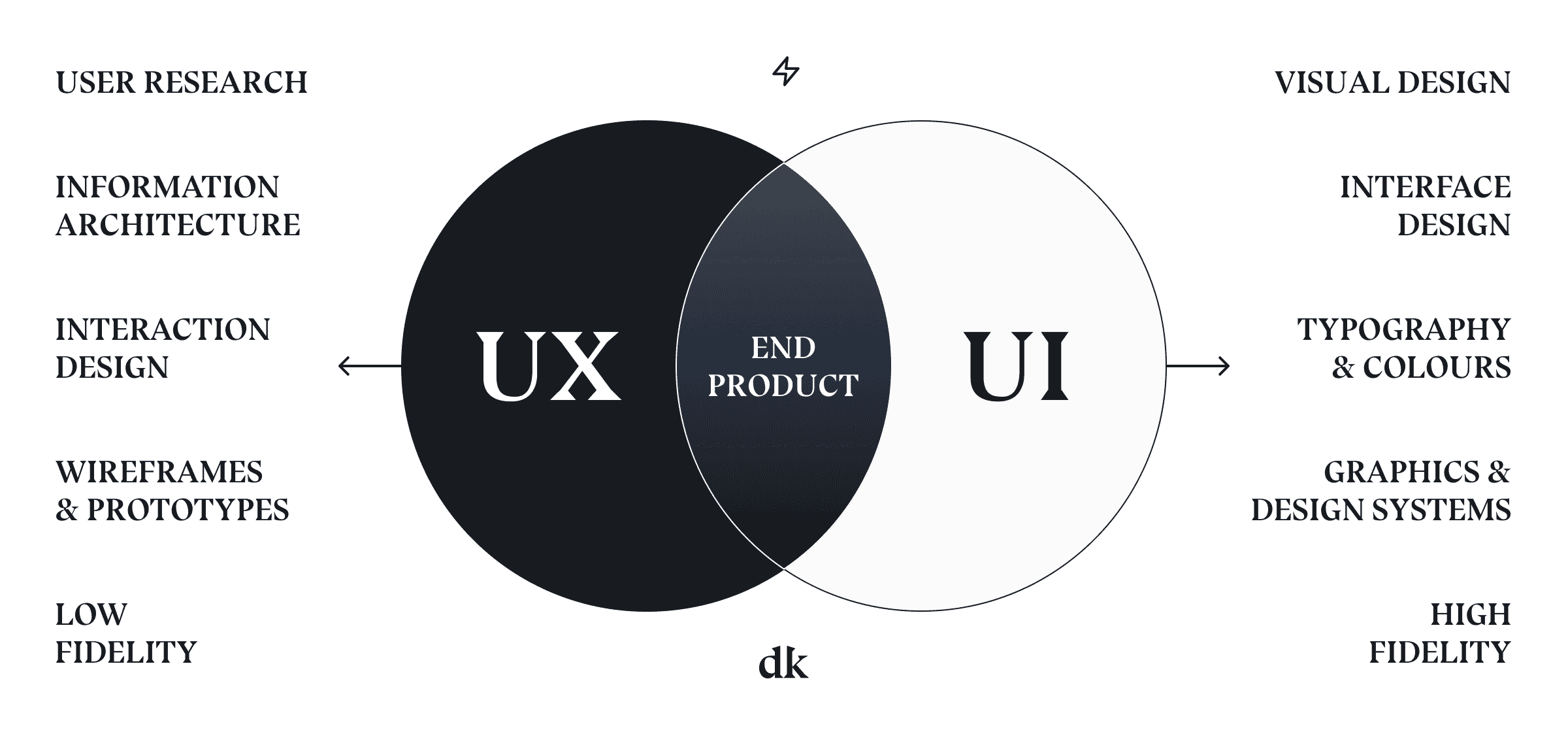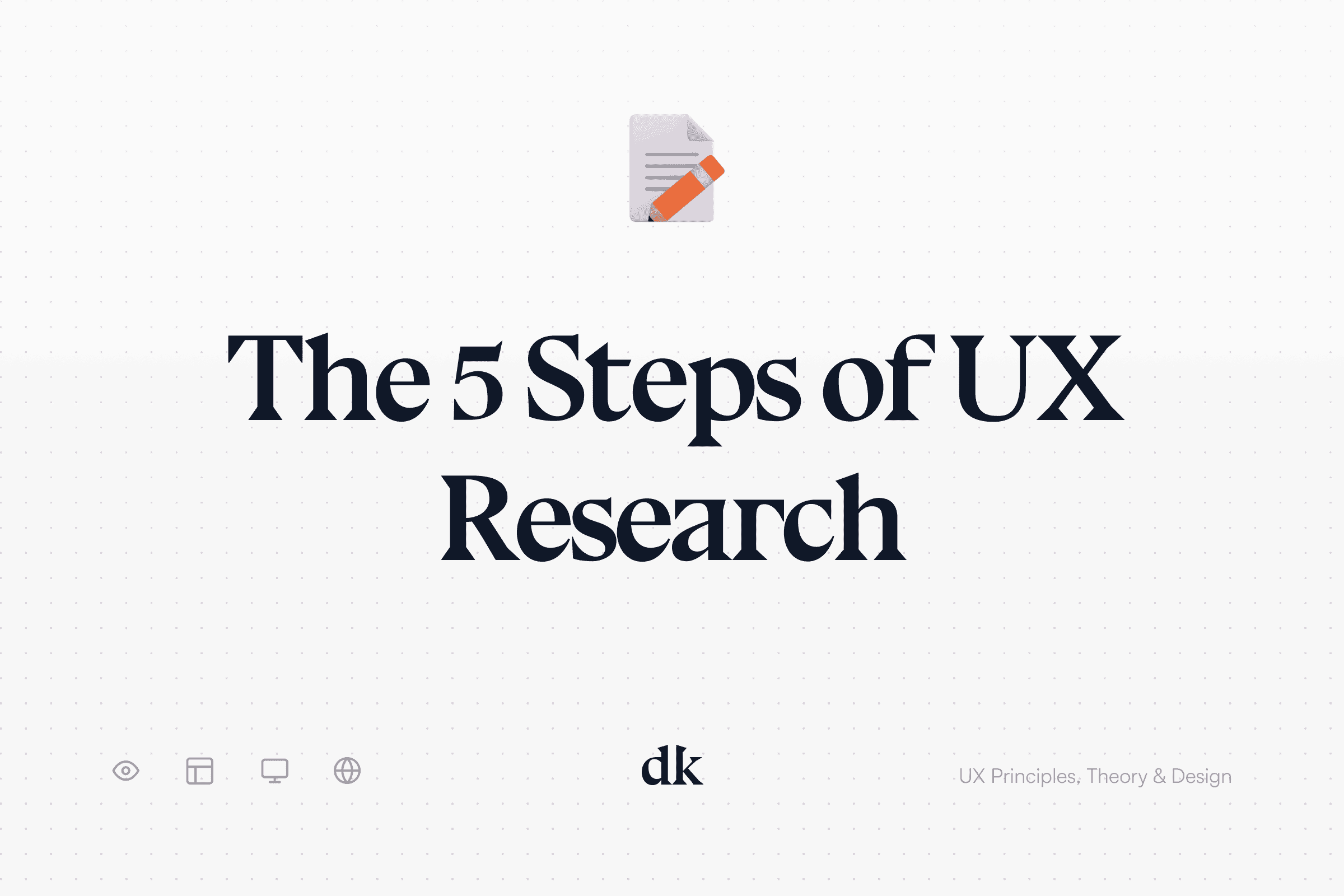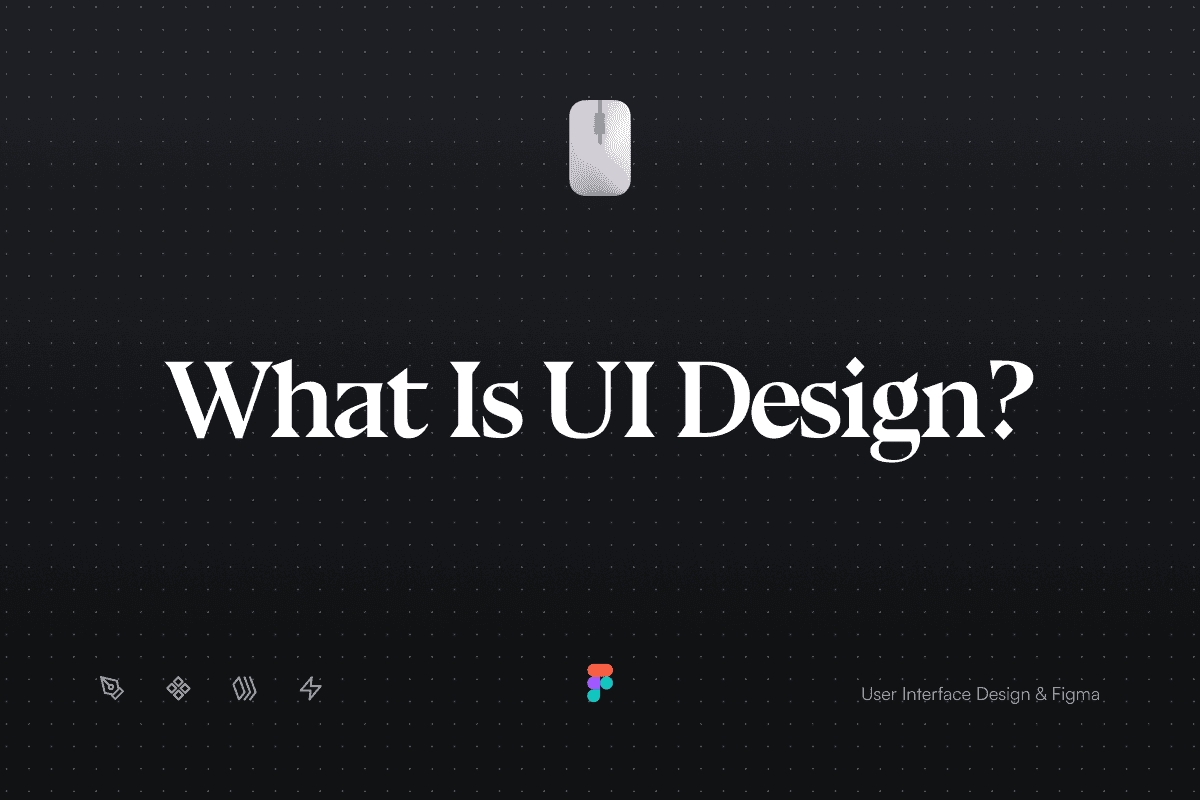A Deep Dive Into User Experience (UX) Design
User experience (UX) design has become one of the most critical elements in creating products, websites, and services that resonate with people. But what exactly is UX design? Why has it gained so much importance in recent years, and what does it encompass? This blog aims to answer those questions in detail, providing a comprehensive understanding of UX design, its principles, and why it’s essential in today’s digital age.
1. Defining UX Design: More Than Just a Buzzword
At its core, User Experience (UX) Design refers to the process of designing (digital or physical) products that are easy, intuitive, and pleasant for users to interact with. It is a multidisciplinary field that involves psychology, business, research, technology, and design to create solutions that provide meaningful and relevant experiences to users.
Unlike traditional design approaches, UX design doesn’t just focus on how a product looks (the “visual design”) or functions (the “usability”). Instead, it encompasses the entire journey that users go through when interacting with a product or service. This includes how they discover the product, their first impressions, how they engage with it, and how they feel after using it.
2. The Core Components of UX Design
To fully understand UX design, it’s essential to break it down into its fundamental components. Each of these elements plays a critical role in shaping the user’s overall experience.
2.1 Usability
Usability is a key element of UX design, focusing on ensuring that a product or service is easy to use and efficient in achieving its purpose. Usability answers questions like:
- Can users navigate through the product seamlessly?
- Are tasks easy to complete without confusion or error?
- Is the information architecture clear?
A highly usable product will allow users to complete their tasks quickly and with minimal effort, making it one of the most crucial factors in UX design.
2.2 Interaction Design
Interaction design is about crafting the way users interact with your product. It focuses on how a user behaves when using a system, whether they are clicking buttons, navigating a website, or filling out forms. Interaction design considers the following:
- How responsive is the product?
- How are elements like buttons, icons, and menus designed to improve interaction?
- Does the interaction feel natural or intuitive?
The smoother and more intuitive the interaction, the better the overall experience.
2.3 Information Architecture (IA)
Information architecture involves structuring and organising content in a way that makes sense to the user. In UX design, IA ensures that users can easily find what they are looking for without getting lost. This can involve:
- Creating logical navigation structures for websites or apps.
- Labelling content effectively for better user comprehension.
- Mapping out user journeys and wireframes to test different layouts and hierarchies.
When IA is well-executed, users can quickly locate information and navigate the product seamlessly, resulting in a positive user experience.
2.4 User Research
UX design is deeply rooted in understanding the user’s needs, motivations, and pain points. User research is conducted to gather insights on who the users are, what they need, and how they interact with products. Common research techniques include:
- User interviews and surveys.
- Usability testing.
- Observational studies and heat maps.
The insights gathered from research allow UX designers to make informed decisions that align with user expectations and solve real problems.
2.5 Visual Design
While UX design isn’t solely about how a product looks, aesthetics still play a role. Visual design helps communicate the product’s brand identity and establishes an emotional connection with users. Good visual design creates harmony between functionality and aesthetics, ensuring that the product is both appealing and practical to use.
3. Why UX Design Matters
Now that we’ve explored the key components of UX design, let’s talk about why it matters—both for businesses and users.
3.1 Meeting User Expectations
In today’s competitive digital marketplace, users expect seamless, intuitive, and enjoyable experiences. A poorly designed product can frustrate users, causing them to abandon it quickly. A well-designed user experience, however, can delight users, encourage engagement, and foster loyalty. It’s often the difference between a product that thrives and one that fails.
3.2 Business Value of UX
Good UX design isn’t just beneficial for users—it’s a smart business investment. Here’s how:
- Increased conversions: Whether it’s an e-commerce website or a mobile app, making it easier for users to accomplish tasks—such as making a purchase or signing up—leads to higher conversion rates.
- Lower development costs: Catching usability issues early through UX research and prototyping can save significant development time and costs down the line.
- Customer satisfaction and retention: A product that consistently meets user needs and provides a positive experience encourages repeat usage and brand loyalty.
3.3 Accessibility
UX design plays a pivotal role in making products accessible to all users, including those with disabilities. Inclusive design principles aim to create experiences that everyone can use, regardless of their physical, cognitive, or technological limitations.
4. The UX Design Process: A Step-by-Step Approach

UX design follows a human-centred, iterative process. Each phase focuses on empathising with users, solving their problems, and refining the product. While the process can vary depending on the project, the design thinking process follows these key stages:
4.1 Research and Empathy
The UX design process starts with understanding users through research. This stage involves gathering information about the target audience, their goals, pain points, and behaviours.
Methods include:
- Surveys and interviews.
- Competitor analysis.
- Analytics review and personas creation.
4.2 Define the Problem
After gathering insights, the next step is to define the problem clearly. UX designers create problem statements that focus on what users need to achieve and the challenges they face.
4.3 Ideation and Concept Development
Once the problem is defined, the ideation phase begins. Here, UX designers brainstorm potential solutions and concepts.
Tools like user flows, wireframes, and prototypes help visualise ideas before they are fully developed.
4.4 Prototyping and Testing
This stage involves creating prototypes, which are interactive models of the product, and testing them with real users. Usability tests help identify issues and areas for improvement. It’s an iterative phase, with continuous feedback loops leading to refined designs.
4.5 Implementation
Once testing and refinement are complete, the UX design is ready for implementation. During this phase, UX designers collaborate closely with developers and other teams to ensure the final product adheres to the design vision while maintaining functionality and usability.
4.6 Launch and Learn
Even after a product launches, the UX design process isn’t over. Post-launch analytics and user feedback help identify any further improvements. UX design is an ongoing process of enhancement and adaptation.
5. UX Design vs. UI Design: Understanding the Difference

A common misconception is that UX design and user interface (UI) design are the same. While they are related, they serve different purposes. UI design focuses specifically on the visual and interactive elements of a product, such as buttons, icons, and colour schemes. UX design, on the other hand, encompasses the entire user journey, including how users feel when interacting with a product, how easy it is to use, and whether or not it fulfils their needs.
To put it simply:
- UI design is about how things look and feel.
- UX design is about how things work and make users feel.
6. The Future of UX Design
As technology advances, so does UX design. Emerging technologies such as artificial intelligence (AI), virtual reality (VR), and voice interaction are pushing the boundaries of UX design. UX designers will increasingly need to consider new modalities of interaction, such as gesture-based navigation, conversational interfaces, and multi-device ecosystems.
Moreover, the importance of ethical design is on the rise. UX designers are increasingly mindful of the broader impact of their designs, ensuring that products are not just easy to use, but also promote positive behaviours, privacy, and well-being.
Conclusion
UX design is about much more than just creating visually pleasing products. It’s about crafting intuitive, meaningful, and delightful experiences that meet the needs of users. By understanding and applying the principles of UX design, businesses can create products that not only attract and engage users but also foster long-term loyalty and success.
Remember that at the heart of UX design lies empathy for the user. It’s a continuous journey of research, design, testing, and improvement, all aimed at one ultimate goal: making users’ lives easier, more efficient, and more enjoyable.



